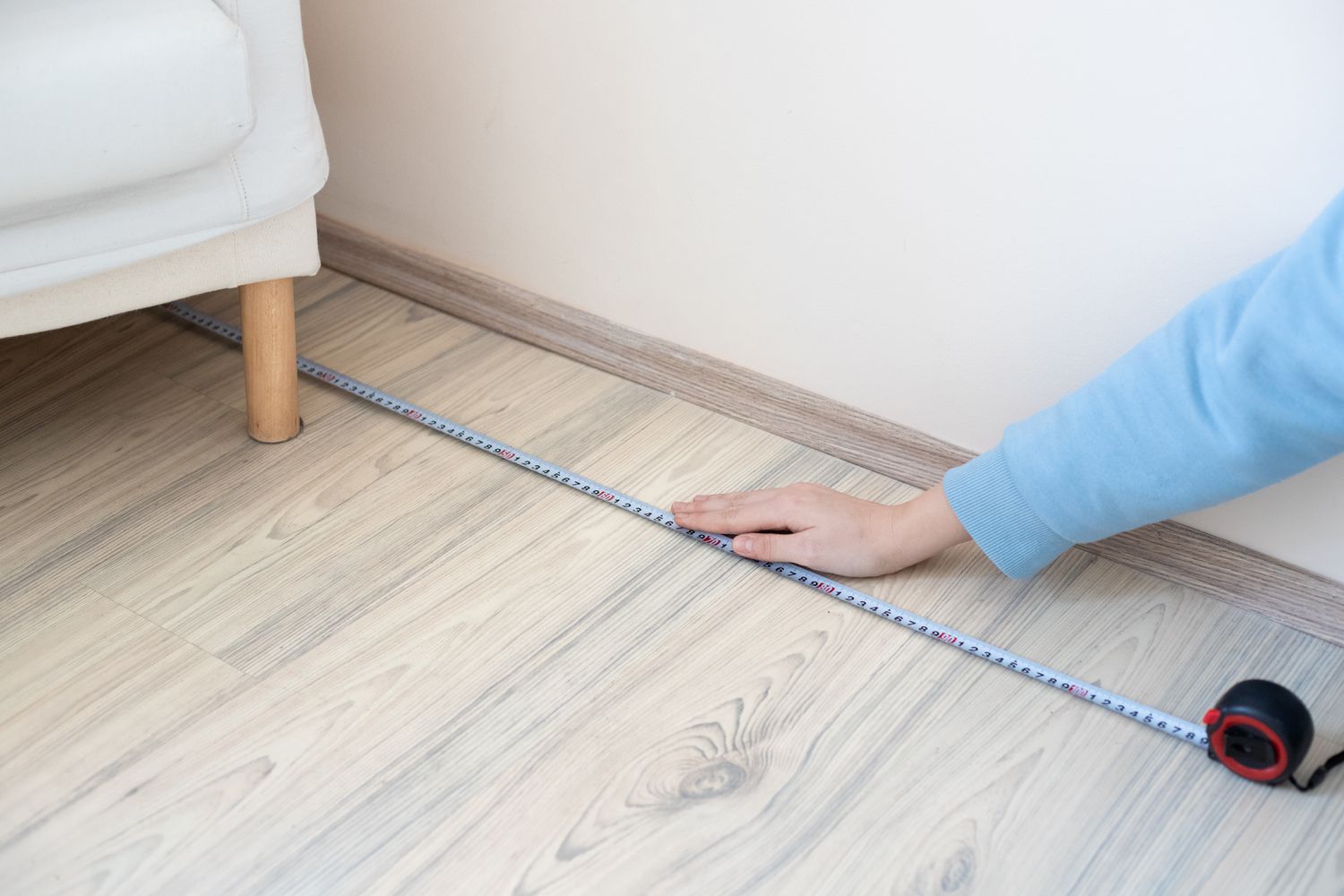
Carpet is a popular choice for flooring in homes and offices due to its comfort, insulation, and aesthetic appeal. When it comes to purchasing carpet, one of the essential factors that must be considered is measuring the area where it will be installed. Properly measuring carpet ensures that you can accurately estimate the amount needed, reducing wastage and ensuring a seamless installation. However, understanding how carpet is measured can be confusing for many individuals who are not familiar with the process. In this article, we will provide an in-depth guide on how carpet is measured, explaining various methods and calculations involved to help you make informed decisions when buying or installing carpet.
Understanding the importance of accurate carpet measurement
Carpet measurement plays a crucial role in ensuring a smooth and successful installation process. Before any carpet can be laid down, accurate measurements must be taken to determine the exact amount of carpet needed for a particular space. This involves measuring the length and width of the room, accounting for any irregularities such as closets or alcoves, and considering patterns or designs that may require additional material.
Accuracy is key when it comes to carpet measurement because insufficient or excessive amounts of carpet can lead to costly mistakes. If too little carpet is ordered, it may not fully cover the desired area, leaving unsightly gaps or uneven edges. On the other hand, ordering too much carpet results in unnecessary waste and expenditures. Furthermore, precise measurements are vital for planning purposes as they help avoid unexpected delays during installation. By knowing exactly how much material is required beforehand, installers can prepare accordingly and ensure all necessary tools and equipment are on hand. Taking precise measurements also helps prevent unexpected delays during installation by allowing installers to plan accordingly ahead of time.
Section 1: Types of carpet measurements
When it comes to measuring carpet, there are several different types of measurements that are commonly used. The most common measurement is square footage or square yardage. This measurement refers to the total area of the floor that needs to be covered with carpet. It is calculated by multiplying the length and width of the room. Another type of measurement used for carpet is linear footage or linear yardage. This measurement is typically used when installing carpet on stairs or in hallways. Linear footage refers to the length of carpet needed to cover a specific area, such as a stair tread or hallway.
In addition to square footage and linear footage, another important measurement for carpet is pile height. Pile height refers to the thickness or height of the carpet fibers. It can vary depending on the type and style of carpet chosen, ranging from low pile carpets with short fibers to high pile carpets with long fibers.
Overall, understanding these different types of measurements for carpet is essential when planning for installation or replacement projects. Square footage determines how much material will be needed, while linear footage ensures proper coverage on stairs and in hallways. Additionally, considering pile height helps in selecting a suitable type of carpet based on comfort and durability preferences.
Section 2: Square footage calculation method
There are different methods for calculating square footage when it comes to measuring carpet. One common method is the “whole number” calculation, where the length and width of the room are measured in feet and then multiplied together to obtain the total square footage. For instance, if a room is 10 feet long and 12 feet wide, the whole number calculation would result in a total of 120 square feet. Another method used is the “decimal” calculation, which involves measuring the length and width in inches rather than feet. The measurements are then converted into decimal form (for example, 10ft becomes 120 inches) before multiplying them together. This method provides a more precise measurement as it takes into account fractions of an inch.
It’s worth noting that both methods assume that the shape of the room is rectangular or square. If there are any irregularities or odd-shaped areas within a room, additional calculations may be needed to determine accurate square footage. In such cases, breaking down these areas into smaller rectangles or squares and calculating their individual measurements can ensure greater accuracy in calculating overall carpet coverage.
Section 3: Yardage calculation method
In the carpet industry, accurate measurement is crucial to ensure that the right amount of carpet is ordered and installed. One commonly used method for calculating yardage is the square yard method. This method involves measuring the length and width of a room in feet and then converting those measurements into square yards. To do this, you divide each dimension by three, as there are three feet in a yard. Once you have both dimensions in yards, simply multiply them together to get the total square yardage needed.
Another popular method for calculating yardage is known as linear footage calculation. This method is typically used when dealing with narrow spaces or hallways where carpet needs to be cut and installed in long strips rather than full rolls. To calculate linear footage, measure the length of each strip needed and add them together to determine how much carpet will be required overall. Both these methods require accuracy and attention to detail during measurement to avoid ordering too much or too little carpet. By using either the square yard or linear footage calculation methods, homeowners can confidently order just enough carpet for their specific needs without wasting money on excess materials.
Section 4: Carpet wastage and allowances
When it comes to measuring carpet, wastage and allowances play a crucial role. Carpet wastage refers to the additional amount of carpet material that needs to be ordered in order to account for cutting and fitting errors during installation. This is necessary because carpets are not perfectly rectangular or square, and there will always be some trimming required to fit them neatly into the desired space. Wastage can vary depending on factors such as the complexity of the room layout, pattern matching requirements, or irregular shaped spaces. One method of dealing with wastage is to measure the carpet and cut it out to size, then fit a new piece. Another option is to use a measuring tape as a guide for cutting out the cushioning material.
Allowances, on the other hand, refer to extra carpet material needed for future maintenance or repairs. It is always recommended to order a bit more carpet than what is strictly required for installation so that in case of any damage or wear over time, replacement pieces are readily available. This is particularly important for high traffic areas where carpets are more likely to experience heavy use and may require patching up at some point down the line. By considering both wastage and allowances while measuring and ordering carpet, homeowners can ensure that they have enough material on hand for a successful installation as well as any potential repairs in the future.
Section 5: Importance of professional measurement services
Professional measurement services are crucial when it comes to accurately measuring carpet for various reasons. Firstly, these services use advanced technology and equipment that ensures precise measurements, eliminating the risk of errors that can occur with manual measurements. This accuracy is important because it helps in determining the exact amount of carpet needed for a particular space, preventing wastage or underestimation. Furthermore, it is also important for the installation team to understand the correct amount of carpeting and its corresponding weight, as many factors can affect this. Furthermore, a professional measurement service will be able to help ensure that the carpet is properly installed and lays flat without any damage during installation or subsequent use.
Furthermore, professional measurement services provide detailed reports and layouts that depict the specific dimensions and areas where the carpet needs to be installed. This information is essential for both homeowners and carpet installers as it helps in planning and executing the installation process effectively. Additionally, these reports also assist in estimating costs accurately, allowing homeowners to budget accordingly without any surprises during the project. Overall, opting for professional measurement services offers peace of mind knowing that experts are handling this critical aspect of carpet installation. Their expertise not only guarantees accurate measurements but also provides valuable insights that facilitate a smooth and successful installation process.
Conclusion: Accurate carpet measurement for flawless installations
In conclusion, understanding how carpet is measured is essential for anyone looking to purchase new carpeting for their home or business. By knowing the different measurement methods and understanding the importance of accurate measurements, individuals can ensure they are purchasing the correct amount of carpet and avoid any unnecessary waste or expense. Whether using the square yardage method or the square footage method, it is crucial to measure accurately and account for any irregularities in the space. Additionally, consulting with professionals or utilizing online resources can provide further guidance on how to measure carpet effectively. So, before embarking on a carpet-buying journey, take the time to learn about proper measurement techniques – your wallet and your floors will thank you.
ALSO READ / haow do dry cleaning work





